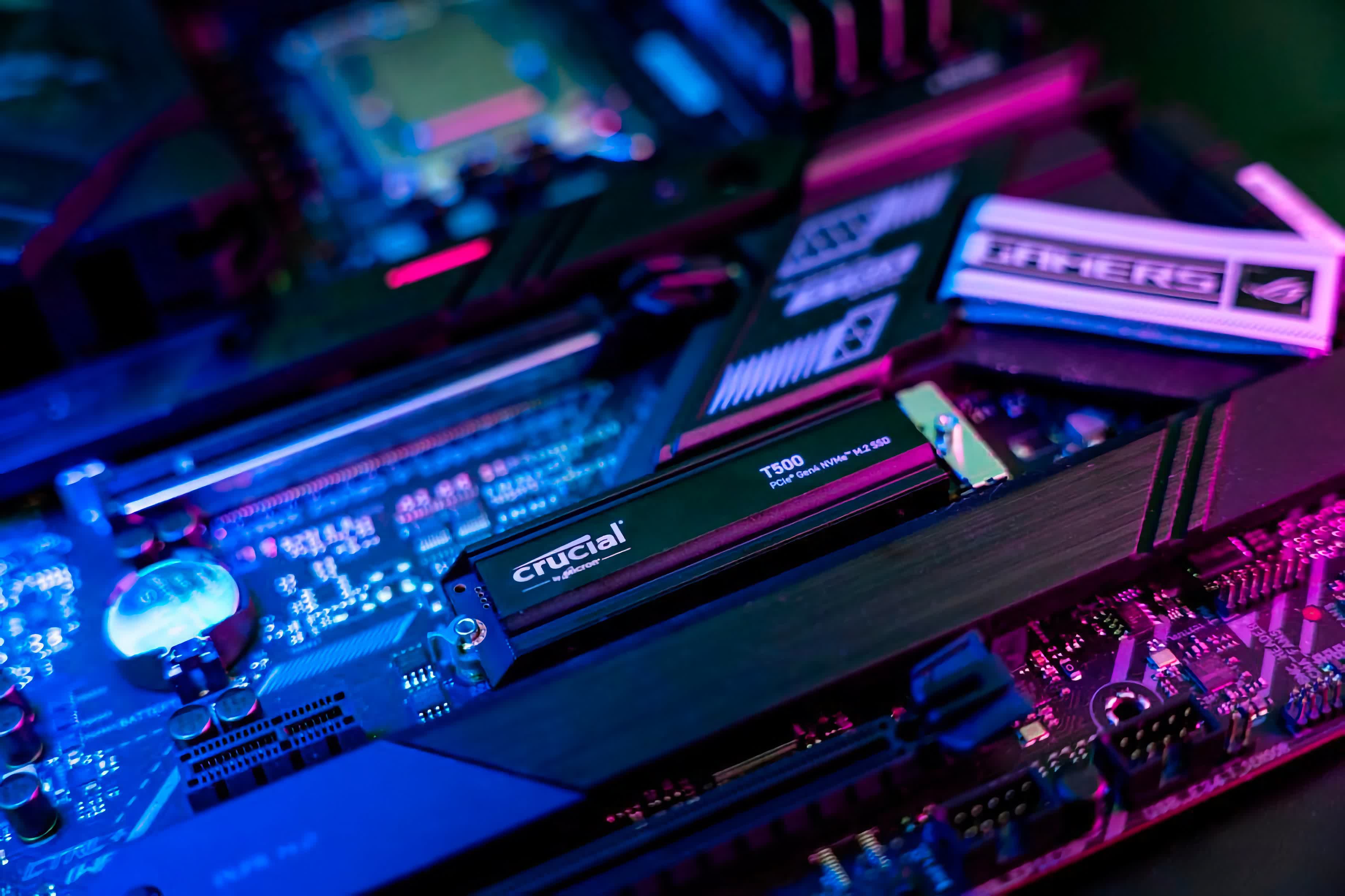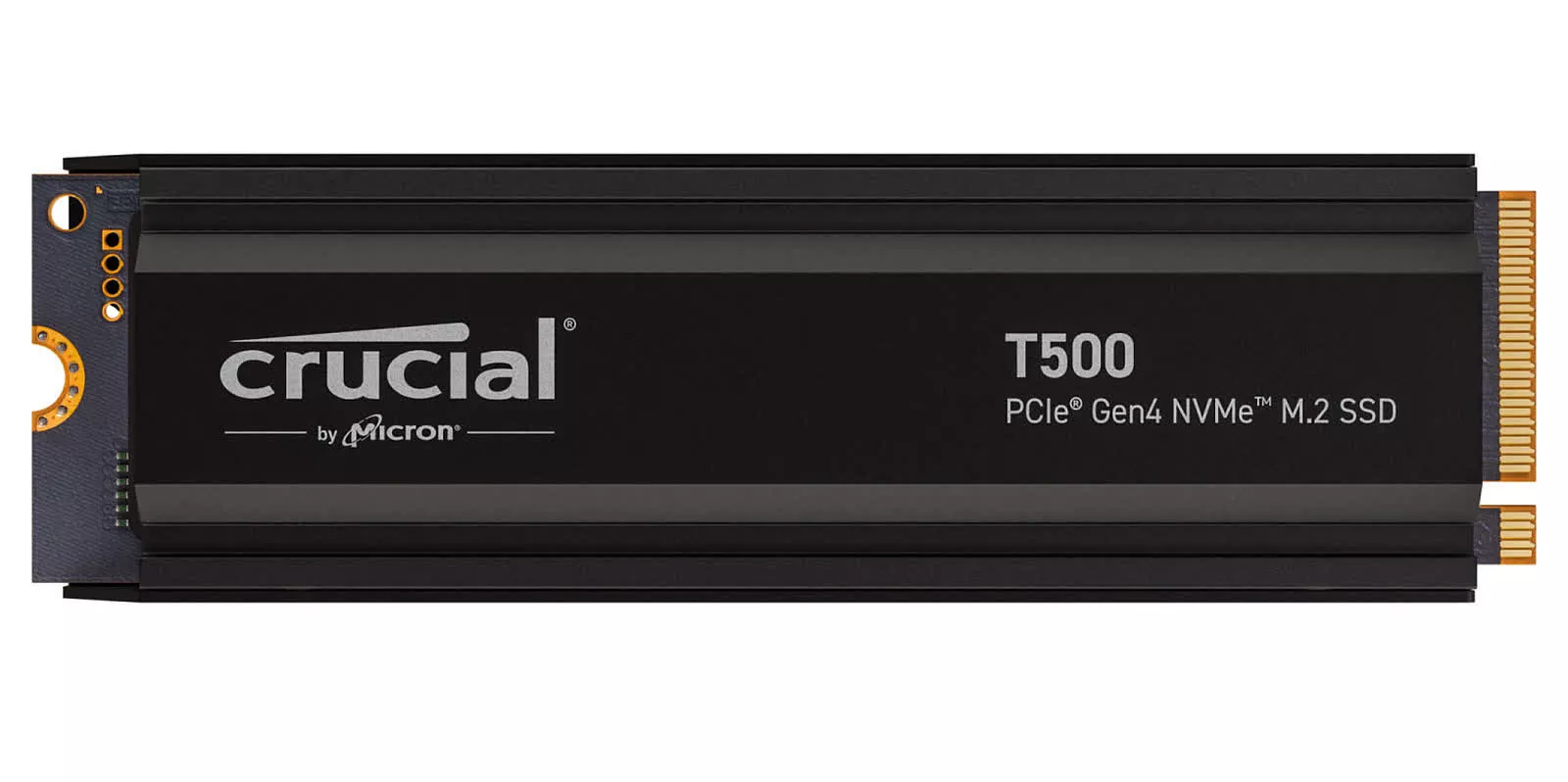Fast storage has become a commodity, and it is expected to become even bigger and faster in the years ahead. For new systems, NVMe drives have become the norm, offering prices comparable to SATA SSDs but with transfer speeds several times higher.
For legacy machines, SATA SSDs are an excellent upgrade option, providing app load times comparable to those of NVMe drives. However, for storing a huge library of files, traditional hard drives continue to offer the best value. Another consideration is whether you can install the drive inside your PC or laptop, or if you are willing to sacrifice some performance for the convenience of storage portability.
Our best storage picks are broken down into six categories based on form factor and intended use, as detailed below.
- Best Desktop SSDs
- Best for Mobile Devices
- Best Portable SSDs
- Best Hard Drive
- Best External Hard Drive
- Best Home NAS
Best SSDs for Desktop PCs
Corsair MP600 Pro | Crucial T500
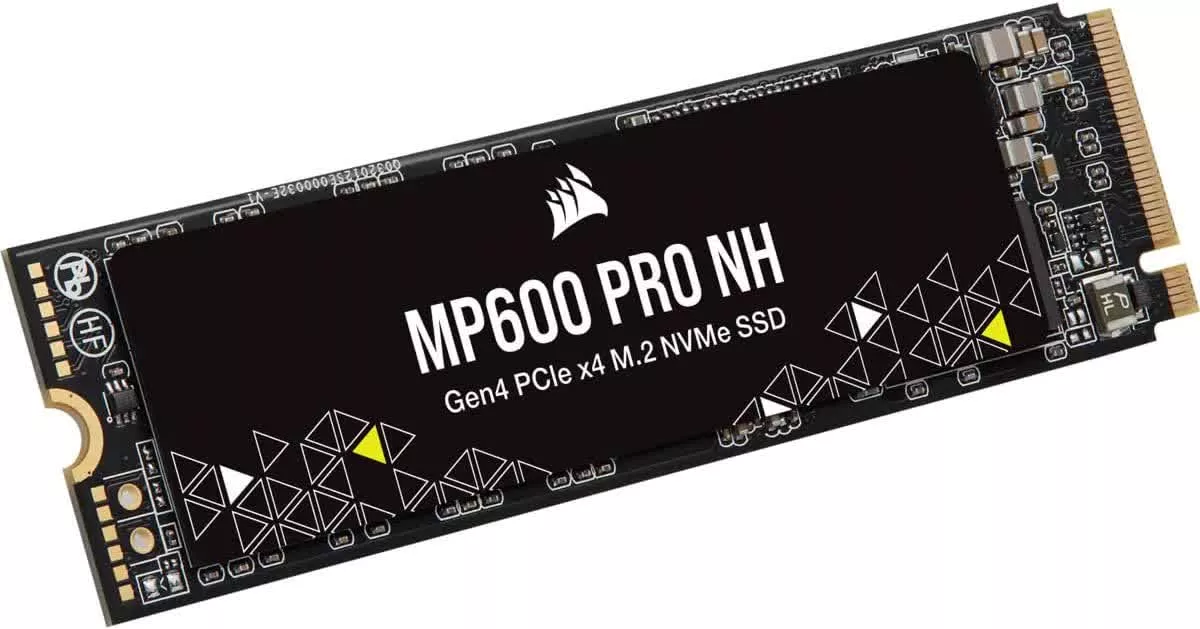
Leveraging Micron's 176-layer TLC NAND, the Corsair MP600 Pro offers sustained write speeds up to twice as fast as those of other popular PCIe 4.0 drives. In shorter transfers, the drive saturates the PCIe 4.0 interface with speeds up to about 7,000 MB/s. The Phison E18 controller is no longer the most efficient, but in terms of pure random performance it still puts up a fight. The same drive is sold with several different heatsinks, with the no-heatsink (NH) version being the cheapest. The drive supports the DirectStorage API, which may become valuable once PC games start taking advantage of it.
PCIe 5.0 drives such as the Corsair MP700, Crucial T700 and Seagate FireCuda 540 promise better sequential performance, but due to cooling and flash density limitations, things are more complex. Modern SSDs are designed to use a portion of their free space as cache for writing at full speed. Depending on how much free space the drive has, PCIe 5.0 drives will fill this cache a few seconds faster. After that, writing speed will be similar to that of the MP600 Pro. Costing about twice per TB, it's simply not worth it.
Best for laptops: Crucial T500
If you have a laptop, the Crucial T500 is a great alternative. It uses Micron's newer 232-layer flash and a smaller 4-channel controller for unprecedented efficiency for a DRAM-equipped SSD. Its main drawback is inconsistent performance in sustained writes. The 2TB version can be had for $140, or $150 with a heatsink.
Recently known as the Solidigm P44 Pro, the SK Hynix Platinum P41 performs more consistently in long writes while being almost as efficient as the T500. It's slightly more expensive, at $156 for 2TB.
The Samsung 990 Pro offers record-breaking random read performance for an M.2 drive. Maximum write speeds have been raised to max out the PCIe interface from about 5GB/s in the older 980 Pro. However, at $180 for 2TB, we can't recommend it when similarly performing and more efficient options are available for less.
A trusted SATA: An alternative for older PCs and laptops
The wallet-friendly Crucial MX500 is a proven affordable option if you want to upgrade an older desktop or laptop that only supports the SATA interface.
SATA drives are no longer the cheaper alternative to their NVMe counterparts, but at least they aren't more expensive. Currently, you can buy a 1TB Crucial drive for $70, while 2TB ($130) and even 4TB ($230) are also decent options.
Best for Mobile Devices
WD Black SN770M
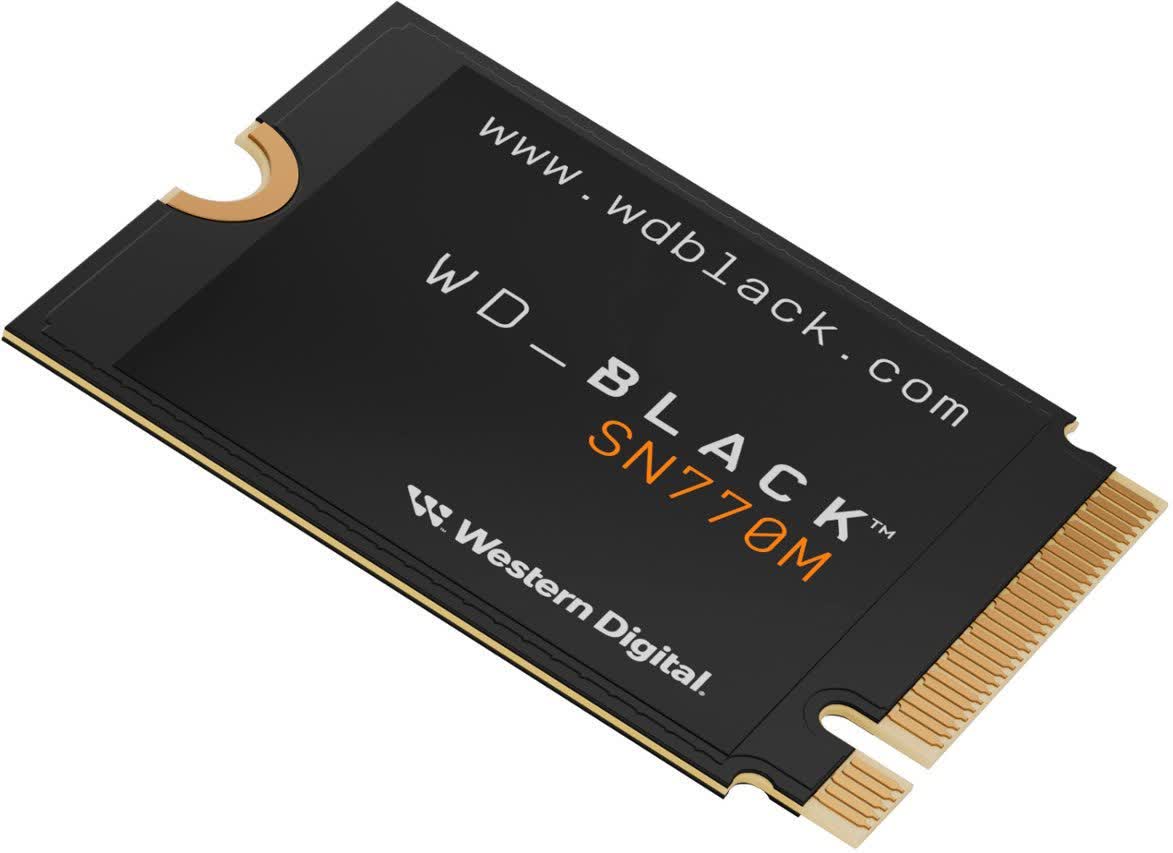
To expand the storage on devices like the Steam Deck, Asus ROG Ally, or Surface Pro tablet, your only option is a short 2230 M.2 drive. It's important to choose carefully, as several drives using the popular Phison E21T controller have shown a tendency to permanently delete data when operating at PCIe 4.0 speeds. Brands affected include Inland, Sabrent, and Corsair. Corsair and Inland have issued a firmware update to address this issue. However, drives from TeamGroup and Addlink, which use the same controller, might not be the safest options either.
The Western Digital Black SN770M is essentially identical to the full-length SN770, one of the best DRAM-less SSDs available. Unique to the 2TB version of the SN770M, among those with TLC flash, is its compatibility with the Steam Deck, achieved by placing all chips on one side of the PCB. This version is currently sold at Best Buy for $220. Alternatively, the Seagate FireCuda 520N is available on Amazon for $183, though it offers lower performance and lifespan compared to its own 1TB version.
If you can get by with 1TB, the FireCuda 520N is a worthy alternative to the WD SN770M for the same $110. However, if you don't care about performance in long writes, you can save a lot with the Solidigm P41 Plus for $64.
Best Portable SSDs
Samsung T7 Shield
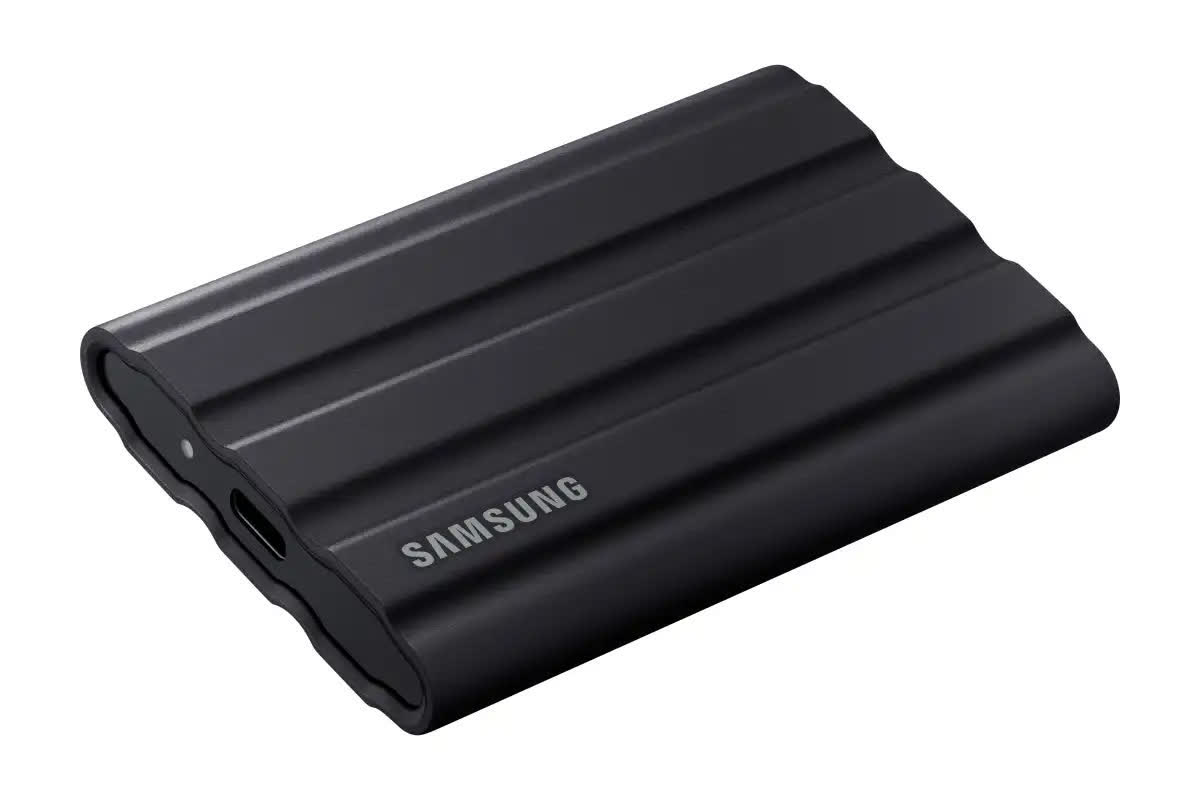
Having speedy storage on the go can be a lifesaver in some situations and a routine requirement in others. External drive enclosures will let you turn your internal drive into an external one (and vice versa in the future), offering features such as USB-3.2 ("Gen 2 x 2") or Thunderbolt-4 speeds, fingerprint readers and water/shock resistance. Yet, if you want a new storage device, "all-in-one" external drives offer a good value these days.
The Samsung T7 Shield is a great example. Provided you have USB 3.1 (or "3.2 Gen 2 x 1") connector, you'll get up to 1,050 MB/s reads and 1,000 MB/s writes that remain surprisingly consistent in sustained workloads, unlike the original T7. The 2TB version is currently the better value at $150, while the 1TB one goes for $100.
Need for Speed
On-the-move professionals and enthusiasts looking to transfer hundreds of gigabytes of data regularly would fare off better with faster, costlier options like SanDisk's Extreme Pro, whose USB 3.2 (Gen 2 x 2) can reach up to 2,000 MB/s, or the company's Thunderbolt-3 capable Professional Pro-G40 with blazingly fast 3,100 MB/s reads and 2,700 MB/s writes.
The rest, however, will find the T7 Shield or the Sandisk Extreme Portable easily meeting their expectations, if not exceeding them.
Best Hard Drive
Seagate IronWolf
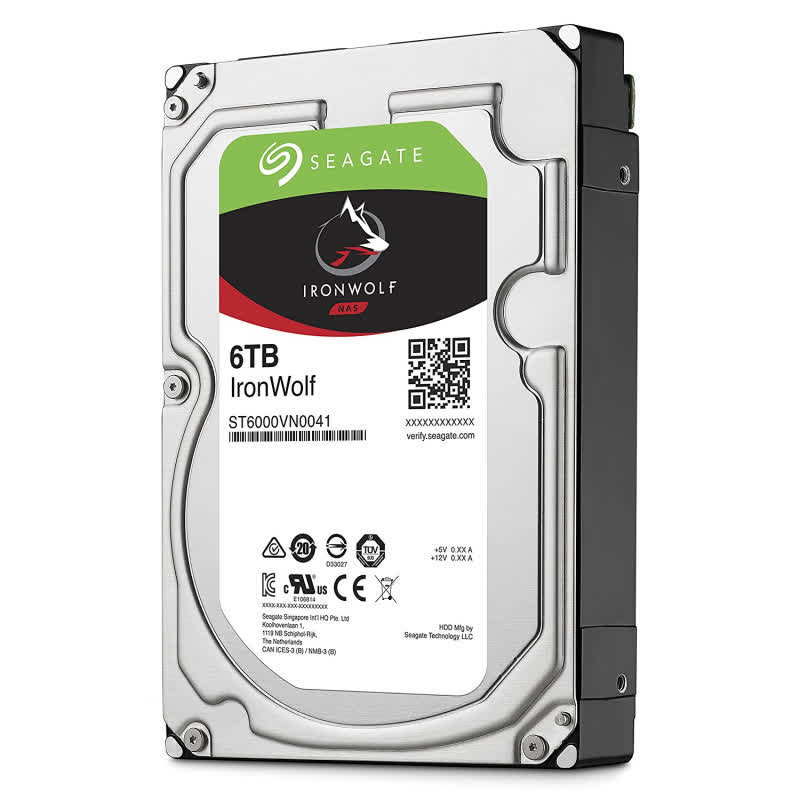
With SSDs reaching a nice level of affordability, we can't recommend any mechanical hard drive to be used as main system storage. But if you want a secondary drive with a ton of storage, Seagate IronWolf NAS drives remain unbeatable.
The IronWolf drives are state of the art as far as consumer hard drives go, leveraging PMR (perpendicular magnetic recording) platters running at 7,200 RPM to cram up to 18 terabytes of data in a regular 3.5-inch form factor drive.
Being NAS-optimized drives, the IronWolf series doesn't come cheap for a disk drive as it's designed to withstand performance-intensive workloads involving constant read/write operations for days on end. They are, however, more reliable as a result, come in higher capacities, and perform well (for a hard drive).
In case you were wondering, higher-end series like the IronWolf Pro and Exos are meant for larger servers and prioritize vibration resistance over performance.
You can find IronWolf HDDs in capacities of 1/2/3TB (5,900 RPM, 256MB cache), 6TB (5,600RPM, 256MB cache) and 8/10/12/16/18TB (7,200 RPM, 256MB cache). Moreover, these drives utilize conventional magnetic recording (CMR) technology instead of "shingled magnetic recording" (SMR), so you won't get the write performance penalty associated with SMR, which manufacturers employ to produce cheaper, denser disks. Inevitably, this also means paying a small premium over budget drives. For example, an 8TB IronWolf drive will set you back around $160, while an identical capacity Barracuda can be had for $120.
A Worthy Alternative: WD Red Plus
WD added a 'Plus' tier to its Red series of 3.5-inch NAS HDDs following the SMR/CMR controversy. These CMR drives have been competitively priced with Seagate's IronWolf across their entire range of 2/3/4/6/8/10/12/14TB models. There are, however, minor spec differences between the two, including RPM speeds and cache size.
WD's Red Plus drives offer more cache in the lower-capacity models, but the Seagate IronWolf range come with a 5-year warranty, unlike WD's 3-year warranty for the Red Plus series.
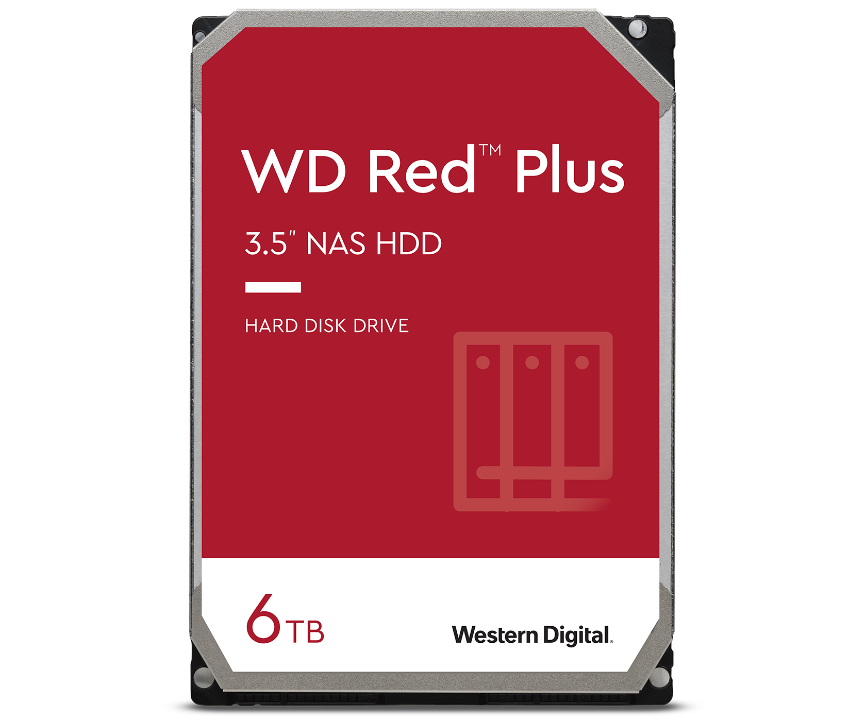
HDD Budget Option
If you simply want an inexpensive, barebones HDD, the Seagate Barracuda line has a variety of options to get you the most storage for your money. A capacious 2TB model can be had for just $50, or you can double the space with the $68 4TB version. The Barracuda is also available in 1TB, 3TB, 6TB, and 8TB variants.
The 2TB model of the Barracuda is the sweet spot in terms of speed, spinning at 7,200 RPM and 256MB of cache. The 1TB model spins at the same speed, but only includes 64MB of cache. The 3TB and above models slow down to 5400 RPM, but we think that's reasonable for the price. A larger cache is useful for storing frequently used files without needing to keep them on the slower disk.
Best External Hard Drive
WD My Book | WD My Passport Ultra
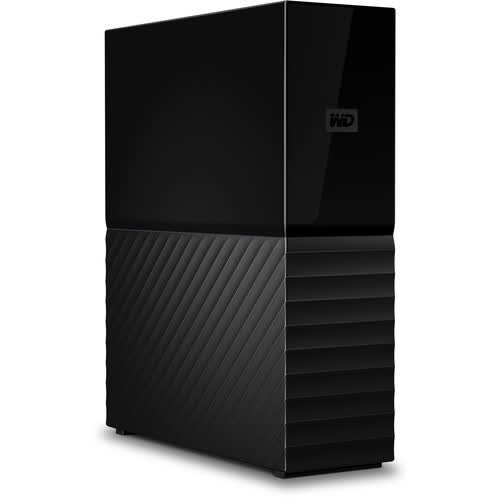
The cost and capacity advantages of mechanical drives become more appealing for storing data outside of your PC. Backups, media, and other significant files, often requiring terabytes of space, are ideally stored externally for safety. For the most reliable external drive, consider placing one of our recommended internal drives inside an external enclosure with a power connector. This approach prevents losing access to your data due to a broken external connector.
But if you prefer simplicity, WD's My Book stands out above the competition by offering lots of reliable storage space on the cheap. Models range between 4TB and 18TB. Currently, some of the better options are the 6TB model for $150, and the 16TB version for $300.
The My Book comes with the exFAT file system by default, alongside WD's Backup software for Windows/Mac PCs, and is also compatible with Apple's Time Machine. With a slow spinning disk and a USB 3.0 interface, this drive won't be winning any speed contests with mediocre 170-180MB/s sequential reads and writes, and even slower random transfer and I/O performance. Although these speeds are unacceptable on a boot drive, you are unlikely to be loading applications or games from the My Book, where its main purpose is offering cost-effective, reliable storage for your less frequently accessed data.
There are a few additional, but minor quirks with the My Book. It uses a Micro-B USB 3.0 connector (to USB-A) unlike USB-A/USB-C interfaces that have become more commonplace. The drive doesn't have an activity light and needs a separate (included) 12V power adapter to work, making it better suited for users with fixed workspaces. WD's My Book comes with password-protected 256-bit hardware encryption and a 3-year warranty, which is longer than its Seagate rival and overall makes it the best, inexpensive external storage currently available.
A compact alternative
For those looking to get portable storage on a budget, WD's My Passport Ultra hits the middle ground in terms of capacity, performance, portability, and price.
With a sleek, pocket-friendly design, the 5TB option currently offers the best value at $134, with 1TB, 2TB and 4TB options available for less. This model uses a modern USB-C port (USB-A adapter included) and features other niceties such as an activity light, onboard hardware encryption, useful software utilities, and a class-leading 3-year warranty.

Performance of the My Passport Ultra is nothing to write home about, but its ~130MB/s read and write speeds are on par with the competition and easier to accept considering the price, features, and daily usability.
Best Home NAS
Synology DS224+ | Synology DS923+
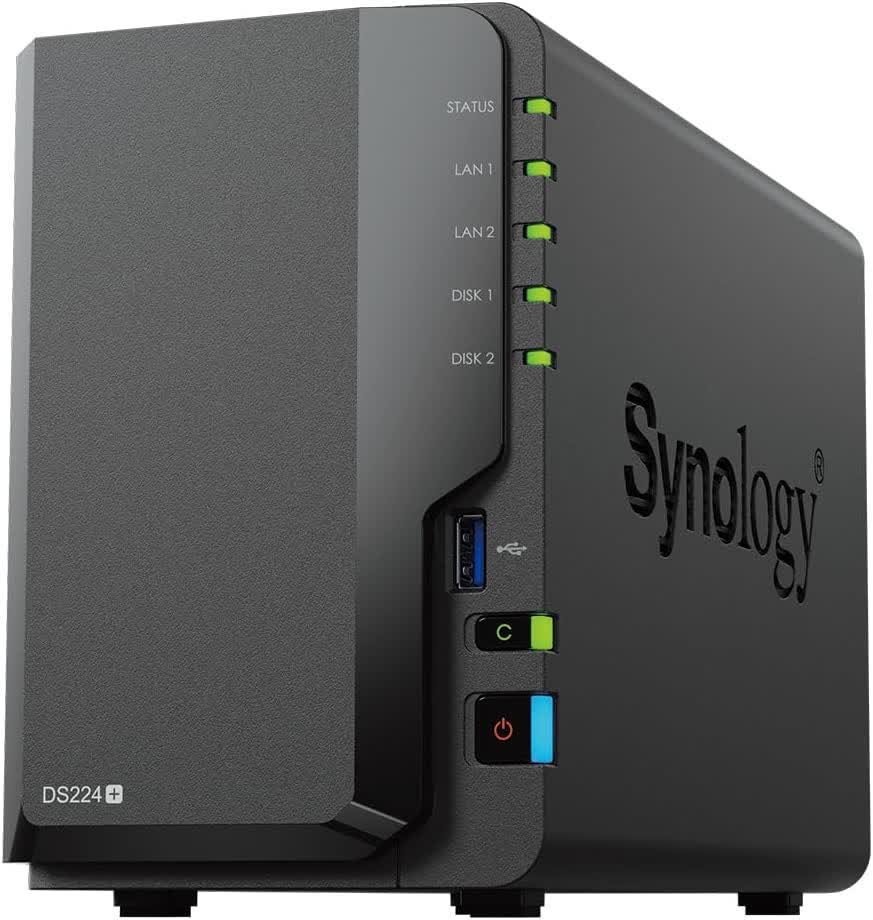
These days it's more affordable than ever to set up a home NAS for your file sharing and media needs. Synology's latest $300 DiskStation DS224+ makes the best case for itself in this category, offering the most value for entry-level NAS users.
This DS224+ comes with two empty drive bays, and supports up to 32TB of max storage for 3.5-inch SATA HDDs and 2.5-inch SATA SSDs. It's basically a refresh of the popular DS220+ with a quad-core Celeron J4125 chip and the same 2GB of DDR4 RAM (expandable up to 6GB), two 1Gb LAN ports with link aggregation and two USB 3.0 ("3.2 gen 1") ports. There's also support for 4K transcoding for high quality media streaming, while RAID types include SHR, Basic, JBOD, RAID 0 and RAID 1.
An M.2 slot is still lacking here, which means you'll need to shell out more for costlier alternatives (see below) if faster, NVMe-cached storage is a priority. There's also no support for an expansion unit to add more storage down the road.
Those are the only key weaknesses of the DS224+ given the price point it is targeting. However, Synology's class-leading software makes up for its hardware shortfalls and keeps it ahead of rivals in terms of the software experience, making the DS224+ our top pick in the Home NAS category.
Upgrade to 4 bays...
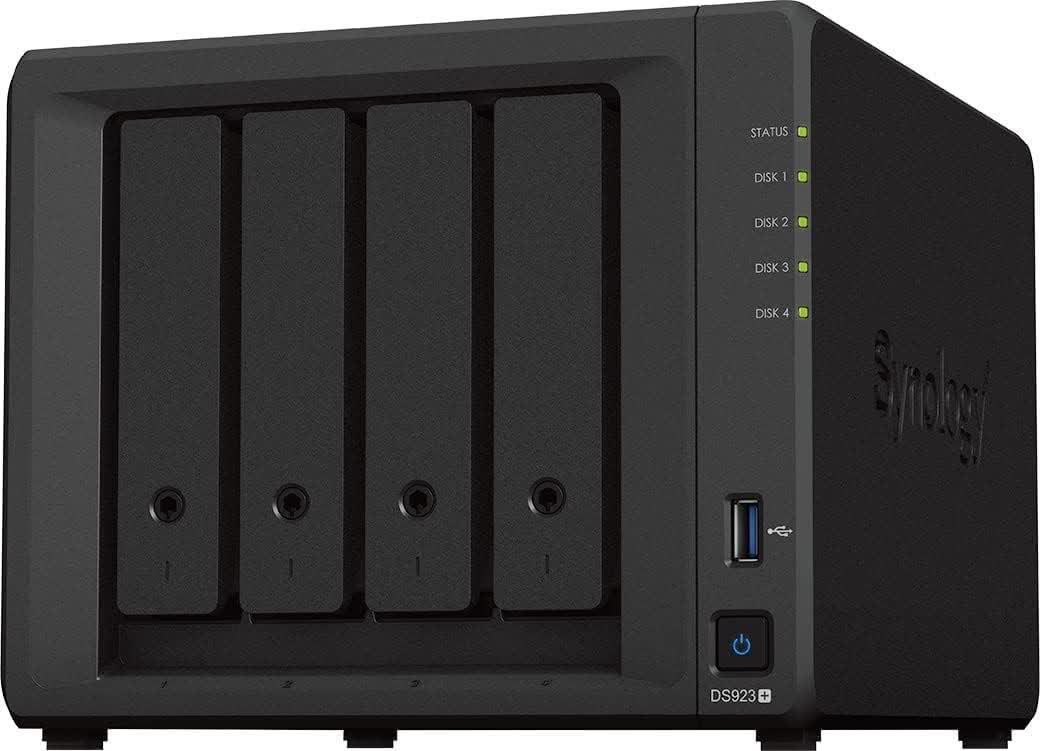
Synology's DS923+ stands out as a capable $600 4-bay Home NAS solution with support for up to 64TB of raw capacity, two NVME SSDs for either cache or storage, and a total of nine drives with a separate expansion unit. It's powered by a quad-thread AMD Ryzen R1600, and features 4GB DD4 RAM (expandable up to 32GB), support for PCIe 3.0 x 2 network cards, and even an eSATA port. With more drives, Raid 5, 6 and 10 become available.
If you want to connect your NAS directly to a TV, or just want to save yourself some work, the QNAP TS-464-8G is a great alternative with equivalent hardware to the DS923+, plus an HDMI port. For $890 you can get the device with four 4TB Seagate IronWolf drives, pre-configured in RAID-5 for a total of 12TB of storage and data immunity to the failure of any single drive. With WD Red Plus drives, it will be $20 less.
